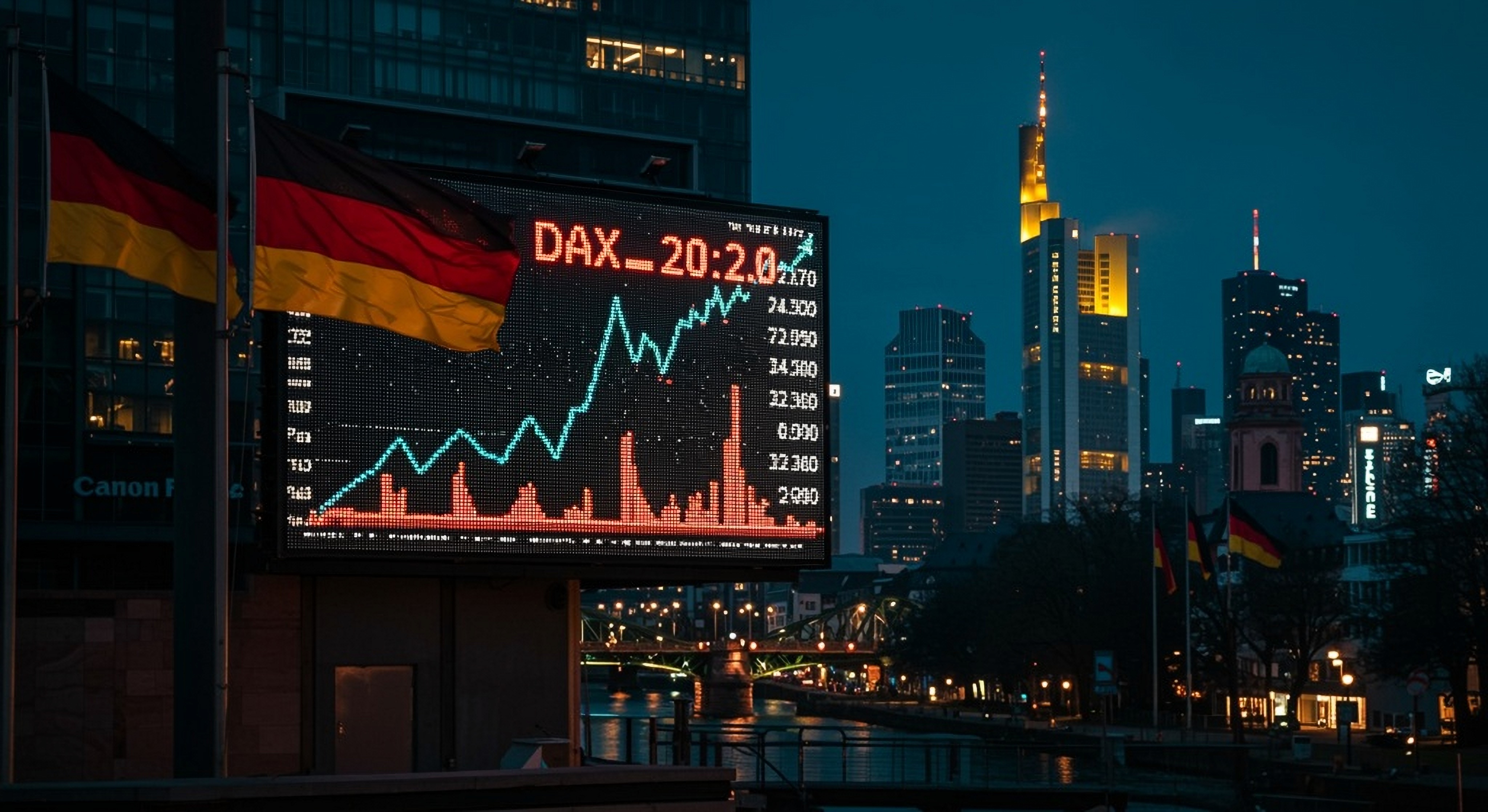Inflation in Germany steadied at the 2% level according to the latest CPI update and held at its lowest levels in eight months as falling energy and services costs outweighed the marginal increases of broader food costs.
Given that price pressures in Europe’s largest economy revolve around the ECB’s 2% inflation target, calls from money markets for further rate reductions increased and odds for a 25bps cut in September have now surpassed the 90% level.
Inflation in Spain edged up to the 2.7% in July and now Euro traders await for the French HICP data, coming up tomorrow, to gauge the likelihood of extra cuts by the bloc’s central bank.
As a result, equity traders apprehended the results (and the prospects for lower borrowing rates) with optimism, lifting European equities higher and more specifically Germany’s DAX index closer to record highs, snapping its 3-day losing streak.
Investors’ sentiment however faltered in August said the head of the ZEW institute, noting that “financial market experts are disappointed with the announced EU–US trade deal. In August 2025, the ZEW indicator experiences a substantial decline”. He added, the contraction cannot only be attributed to trade deals alone however, but also due to “the poor performance of the German economy in the second quarter of 2025. The outlook has worsened in particular for the chemical and pharmaceutical industries. The mechanical engineering and metal sectors as well as the automotive industry are also severely affected.”
On Euro traders radar tomorrow will also be, the zone’s preliminary Q2 GDP print but also the latest labour market update for the same period, which will provide clues on the overall health of the economy and whether brighter days are ahead.
Technical Analysis
DAX Chart – Germany’s DAX index gears up to challenge historic highs after cool CPI print

Resistance: 24640 (R1), 25300 (R2), 26000 (R3)
Support: 23400 (S1), 22800 (S2), 22300 (S3)

